The transcript provides an overview of ArPlus Corporation's evolution from Miyazawa, detailing its specialization in food processing machinery. As part of the Maruka Furusato Group, ArPlus emphasizes innovation and customer feedback to maintain its industry-leading position. They balance automation with manual labor and prioritize sustainability by exploring food waste recycling options.
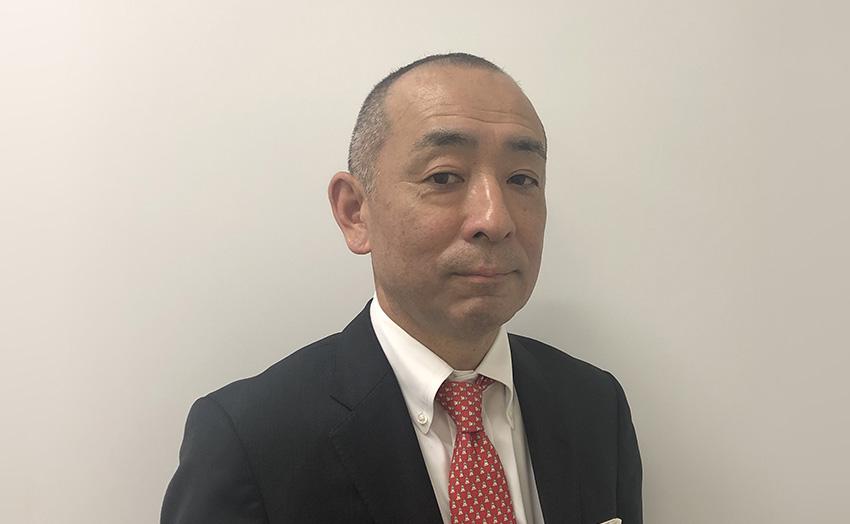
ArPlus Corporation introduction
Our company name is currently ArPlus. However, originally, the company was called Miyazawa after our founder Mr. Miyazawa. The company began as a precision metal sheet processing company and later moved on to food processing equipment. We focused on sandwich bread cutters that were sold in convenience stores. The company was purchased by Maruka in 2019. Maruka joined with Furusato Kogyo and we are now a part of Maruka Furusato Group. Within this group, multiple companies manufacture machinery. We are the company in the group that manufactures food processing machines.
We have our headquarters and factory in Japan and we also have a subsidiary in Indonesia. Within our business, we have started a relationship with Chateraise and we are now the operator of a franchise store. Currently, we have diversified into three areas. The first is our original business of sheet metal processing. The second is food processing machinery which is our main business pillar, and the third is our retail of Western confectionaries. Our vision is to enrich the food culture by providing a “plus” aspect for people and the machinery. We want to spread smiles not only to the manufacturers but also to the consumers of the food.
Are all the sandwiches being sold at convenience stores cut by your machines?
Not all but, our machinery is used by vendors producing sandwiches for major convenience stores sold all over Japan.
Using a “Vertical Round Blade Slicer” (hereinafter called “slicer”), we slice bread loaf into constant thickness and cut off the 4 edges of each slice. Our machinery keeps moisture on the sliced surface. The act of making the sandwich itself is done by humans. However, afterward, we used our “Ultrasonic Half-cut Machine” (hereinafter called “cutter”) to cut the sandwich without damaging it. There are many different cut variations available. The bread is cleanly cut and there are no defects.
In recent years, the food processing industry has seen significant advancements in automation and robotics which have improved efficiency and also reduced labor costs. Robots are now used for sorting, packaging, and quality control, and additionally, the integration of IoT and Industry 4.0 principles allows for real-time monitoring and predictive maintenance enhancing food safety and quality control. Two key questions arise from these trends. First, how have automation and robotics been employed in food processing to enhance efficiency and food safety, and what specific tasks are robots commonly assigned within the industry? Secondly, what are the key benefits of integrating IoT technologies and Industry 4.0 principles in food processing equipment, and how are these advancements contributing to improving quality control and the predictive maintenance of the food machinery?
In the sandwich manufacturing industry in which our machinery is used, the introduction of robotics is not as advanced as in other industries since as you have seen, making the sandwiches by hand is faster and more efficient. Packaging is the only area where robotics has been introduced in the sandwich-making industry. That is the most advanced area regarding the introduction of robotics.
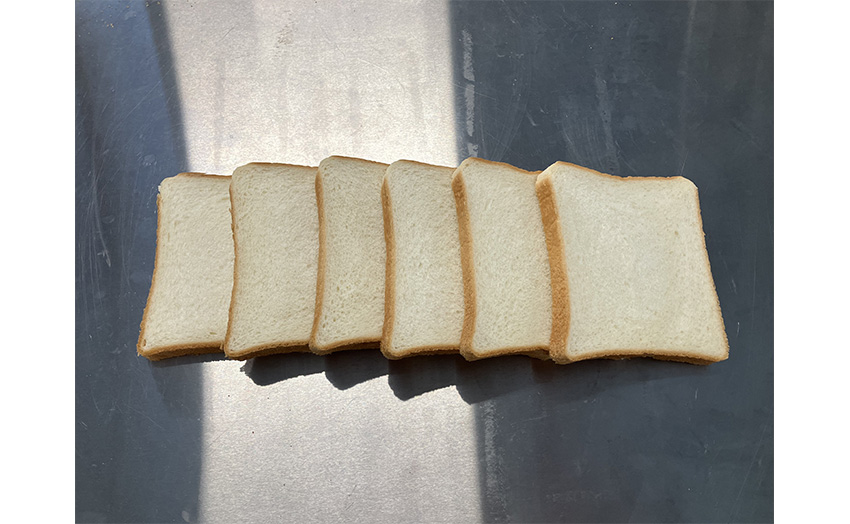
We have a camera installed in our cutter that determines the exact position of the sandwich. This reduces the need for an operator who inserts a sandwich into the machinery at the exact position. While automation is used in the packaging process, I think that you would be surprised to see how much the process relies on manual labor. Rather than making the process fully automated, we are trying to create and provide a scheme where it becomes more efficient to combine manual labor with automated machinery and IoT. We are also planning to start a new business to provide preventive maintenance services to our customers using a full-time monitoring system that will let the operator or our staff replace parts such as the blades if needed. It is difficult to change the sandwich production line fully automatically. Therefore, combining the machinery with human labor and providing the optimal scheme is necessary for increasing its operability. We constantly monitor to find the best combinations and solutions when it comes to preventive maintenance to ensure that the machinery and the line are operating optimally.
So, you are aiming to know from here when the machinery of your customers is broken or requires maintenance?
Yes, that is what we are targeting.
When it comes to sandwiches, I always say “Human hands are god hands.” The making of the sandwich itself cannot be automated as the machinery cannot replicate human hands. This step needs to be done by humans. the sandwich can be placed somewhere along the guidelines of the cutter then, the machinery can monitor the position through the camera. The blade adjusts to the position of the sandwich before cutting it. That allows us to limit the number of required human personnel. We purchase the cameras, sensors, and inspection machines from other companies. In some way, we are not a manufacturer. Rather, we are more of an integrator or coordinator of the entire production line.
The strength of our company is that we not only have extensive experience and knowledge when it comes to hardware but we also provide know-how on the software side. We can combine these to create a synergetic effect.
When it comes to purchases of our products by overseas companies, the depreciation of the JPY makes it easier to purchase our products. We manufacture our products both in Japan and Indonesia. However, since the JPY is low, purchasing materials from overseas for our factory in Japan is a burden for us. I am neither an economist nor a politician, but I feel that it is nonsense to converse about the advantage of the depreciation of the JPY as it is just a phenomenon that happens over time.
Over the years, your company has forged a strong reputation for developing food-cutting equipment with some of your flagship products being the Vertical round blade slicer and the Ultrasonic half-cut machine that we saw in the videos earlier. However, some challenges remain when it comes to integrating these machines. With the Vertical round blade slicer, you must ensure efficient and continuous slicing of bread without interruption or loss during the operation. You also must control the thickness of the bread and achieve flat and smooth cuts as well. How did you design this machine to enable its continuous operation at high speeds of 80 slices per minute while maintaining precision, and are there any features that minimize the risks of loss during the slicing process?
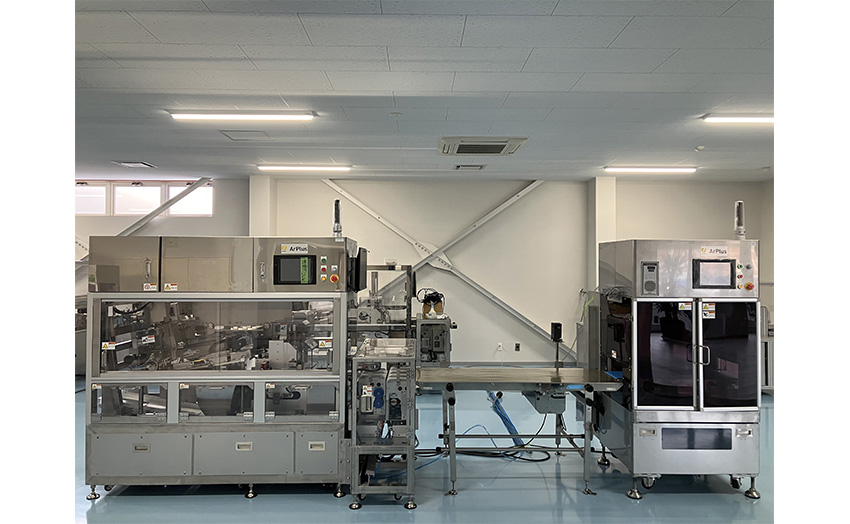
That is part of our company’s “secret sauce,” and is one of our core strengths. As I mentioned earlier, we are more of an integrator of the parts that we procure. For example, we procure the slicer from multiple companies. We have tested the slicer with our end users’ products to achieve the optimal combination for the smoothest surface. Our customers say that our machinery cuts the smoothest in the industry. The standard capacity is also high at 80 slices per minute. As you can see, the sandwich production line requires a lot of human labor. Our biggest strength is that we constantly improve our products after receiving feedback from the people who use our products on-site. The lines for sandwich production and massive automotive production for example are very different in terms of the necessity to adjust to each customer’s specific request, goods to handle, or conditions to operate the machinery. We focus on the specific needs of the sandwich production line.
Your Ultrasonic half-cut machine offers a wide range of cut variations to accommodate different food products including sandwiches and pancakes, and ensure that the ultrasonic cutting process does not crush or deform the food that is being sliced during the process. How did you design this machine to provide abundant cut variations and customizable settings to adapt the machine for different food shapes and sizes?
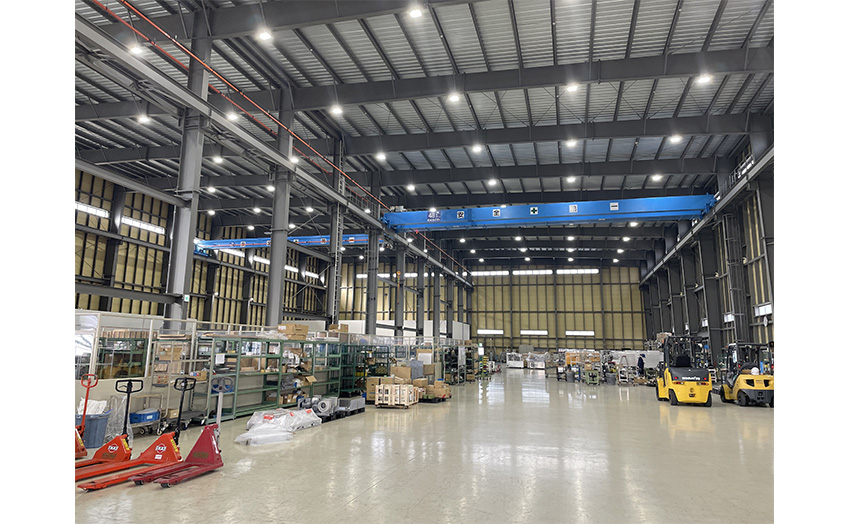
The idea for this machine came from a request that we received from one of our customers. We conducted experiments after receiving the request. It can be used to cut tarts and cakes for example. If you do not slice the tart well, there will be crumbs. Minimizing the cracks and crumbs from the cut is the focus of our efforts. This machine has an increasing number of applications other than sandwiches. There has been an increase in demand for frozen food cutting so we are currently challenging ourselves in that field.
What specific technologies or features prevent crushing in the operation, and what are the main advantages of rotating and moving the angle freely when cutting?
You can see the actual machinery downstairs. The blade vibrates with the ultrasonic sound. It is not cutting by blade. Rather, it is the vibration of the ultrasonic sound that is cutting the tart or biscuit. The blade comes from a different manufacturer. We have tested many different types of ultrasonic blades. There are many companies in China and Taiwan. We are currently working with a Japanese supplier for our round blade product.
The global food processing industry has seen a 50% rise in energy consumption over the past two decades, highlighting the need for energy-efficient machinery. The Sustainable Food Trade Association (SFTA) indicated that over 70% of food companies managed to save around 15-20% right now through waste reduction and energy efficiency. How have you successfully improved the energy efficiency of your machines, and what were the measurable impacts for your clients? What are your key strategies to reduce waste and energy consumption, and how do they lead to effective cost-saving and environmental benefits?
To be honest, we cannot provide a direct energy-saving cost-reduction impact through our machinery. However, we are trying to reduce the food waste that occurs from the cutting process. For example, the Japanese sandwich standard is to remove the edges from the bread. Our machines cut away all the crust from the bread, and it is then disposed of. We are currently trying to recycle the bread edges. Generally, companies convert it into a sweetened crust or breadcrumb powder. We are now considering taking this bread and making it into feed for cows and pigs or fertilizer for fields.
There is a University’s agriculture department we are currently working together to see if we can convert the bread edges into feed for cows and pigs. We have started to create a network. It is still small scale at this moment. However, we want to grow this network going forward. As you know, flour accounts for a high percentage of imports in Japan. By converting the bread crust of the bread which is food waste into feed, we could contribute to the reduction of imports for feed. It would also allow us to reduce the disposal costs of the operators.
You mentioned earlier that one of the strengths of your company is your ability to combine the hardware and the software. What makes your company different from your regional competitors from China for example, and why should an overseas company buy your products?
We have the software for monozukuri that can only be acquired through accumulation. To be competitive and ensure business continuity, focusing only on the domestic market for sales and production has a limit. The ideal situation is to have a production site in the consumption market. Japan is experiencing a population decline. There will continue to be a food market here, so we intend to keep our pillar in Japan. However, we also want to focus on the Southeast Asian countries where there is a growing population and higher demand.
As you mentioned, Japan’s population is declining. By the year 2050, it is expected to fall below 100 million people. This raises two main issues. The first is a shortage in the labor force and the second is as you mentioned a shrinking domestic market. How has your company been reacting to this demographic shift?
Maintaining enough human resources is a challenge that we are currently facing. We are located away from Tokyo, Osaka, and the other big industrial areas. However, we want to maintain our monozukuri in our locality. Attracting people to continue our business is key. To do so, it is important to become a dominant player regardless of the field, whether it is niche or not. We must become a unique technological company that maintains a challenging spirit. That is key for attracting potential employees. Recycling the bread crust not only contributes to the environment but also contributes to the branding of our company. We are constantly in search of good human resources.
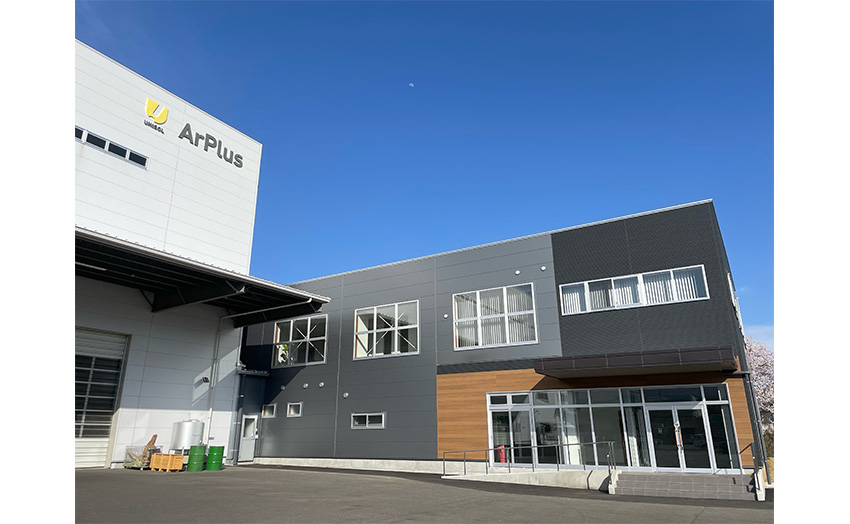
It is very interesting to hear you speak of the importance of being widely known to enhance your competitiveness. When we did interviews with other key players in the industry, they told us that collaboration and partnerships with local partners in overseas countries were important to enhance their competitiveness and gain knowledge of these foreign markets. We know that you have an exclusive agreement with SCM Frigo from Italy, a major European commercial refrigerator manufacturer. What role do partnerships play within your business model, and are you searching for new partnerships, especially in the overseas markets?
Let me explain briefly about our business with SCM Frigo. They are an Italian refrigerator manufacturer that utilizes CO2 as a refrigerant. They are one of the major players of CO2 refrigerating systems in the European market and are widely used in France as well. Our partnership with SCM came from a request from one of our customers who wanted to purchase a CO2 refrigerating system. We contacted multiple companies and ended up partnering with SCM. It is a growing business. We are now trying to detach this SCM business from our main business. We are setting up a new joint venture with our partners to create a sales scheme for SCM products. It is called Mtass Ref Corporation.
Collaborating with other companies is necessary for our growth. Having sales channels is very important. Our parent company Maruka has its Southeast Asian network so we want to leverage it. Maruka’s overseas business involves conducting local businesses. We want to take advantage of this network and operate overseas.
As I mentioned earlier, we are also focusing on Indonesia. Indonesia’s population is growing and the people there have an affinity for food culture similar to Japan. There is a high demand for food processing equipment in the market. We have a subsidiary factory in Indonesia. While we do not have a definite plan yet, growing our Indonesian business will be key to our overall growth. One of the main advantages of operating in Indonesia is that the food industry market is expected to develop rapidly due to the growing population. It is also located quite close to the end customer who has a food culture alike Japan. We can delegate our technologies to the local factory there.
While I cannot disclose much information, we do have a plan to send products directly to Southeast Asian and Japanese customers from our Indonesian factory. In that case, we can also provide maintenance services through our subsidiary in Indonesia. Moving forward, we want to create our ecosystem with our group companies and our partners.
Last year, you changed the name of your company to ArPlus. Why did you do so? What message did you want to transmit to the world by changing the name of your company?
Our company used to be called Miyazawa after the founder Mr. Miyazawa. He sold the company to Maruka and I was appointed as the president from Maruka. Business-wise, we are the same. However, to change the mindset of our executives and employees, we decided to change the name. We are a small company located in a small town in Japan, but we want to be a global operator centering around Asia. The “plus” in the company name stands for giving additional value. We want to give additional value to our company. The root of technology is “ars technica”. The “Ar” in our name comes from this. It is also linked to the Japanese Alps. The “plus” in the company name combines these aspects and gives special value.
For more details, explore their website at https://www.arplus.co.jp/english/
0 COMMENTS